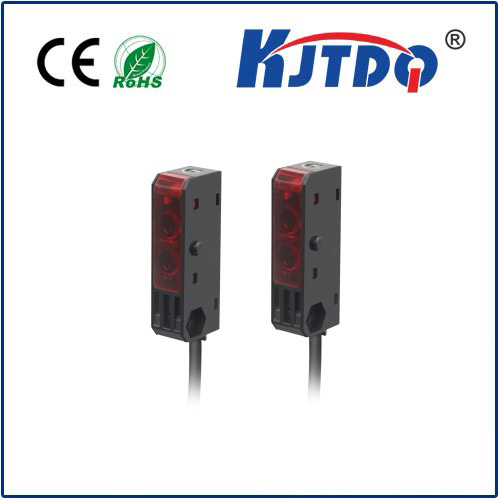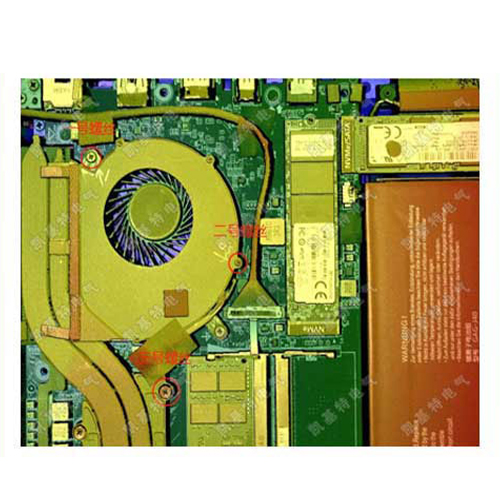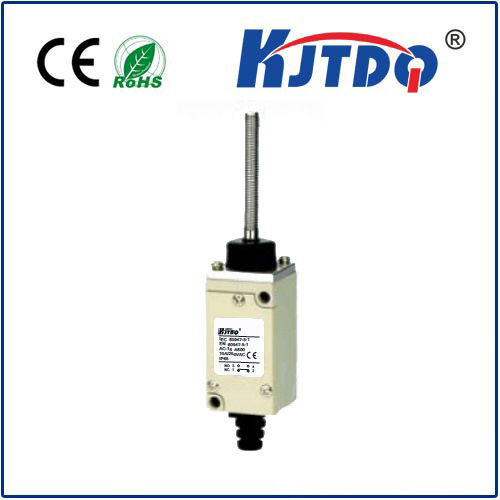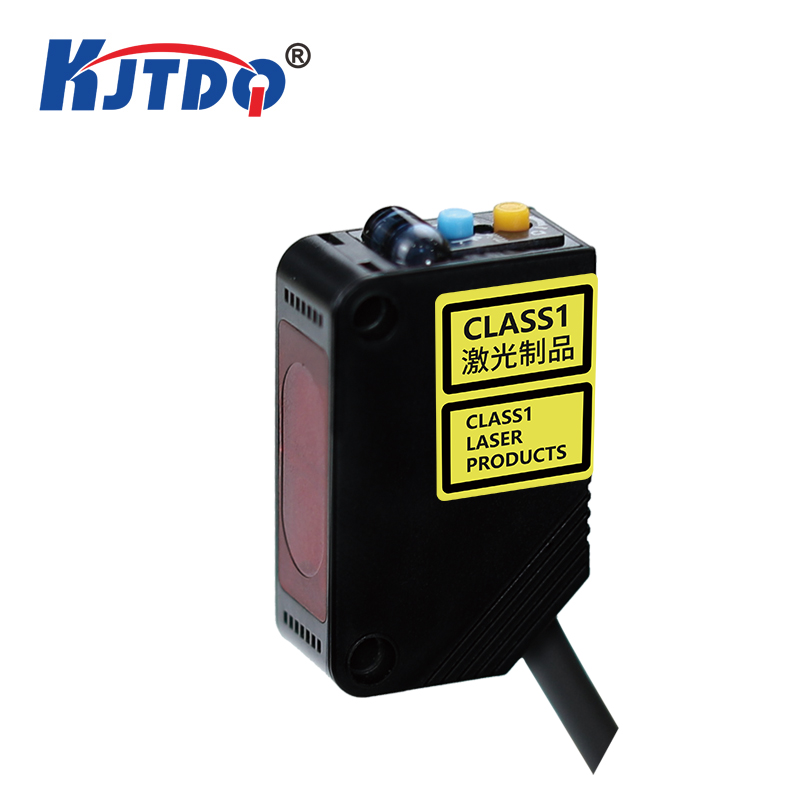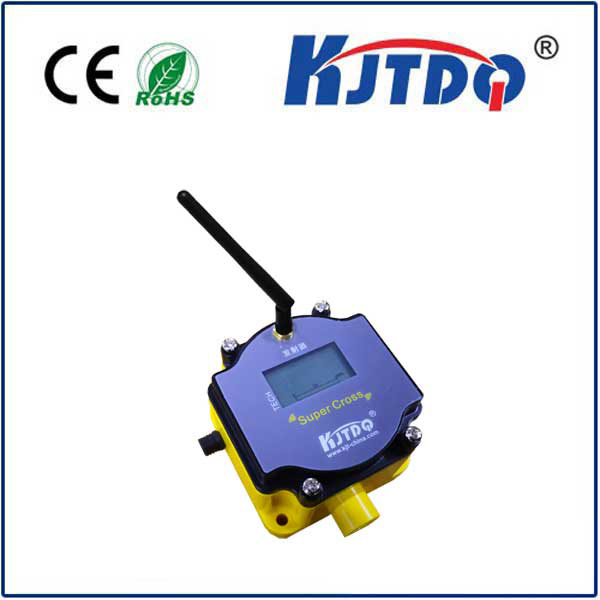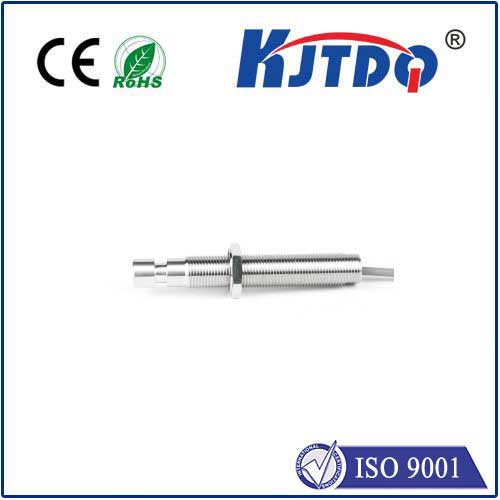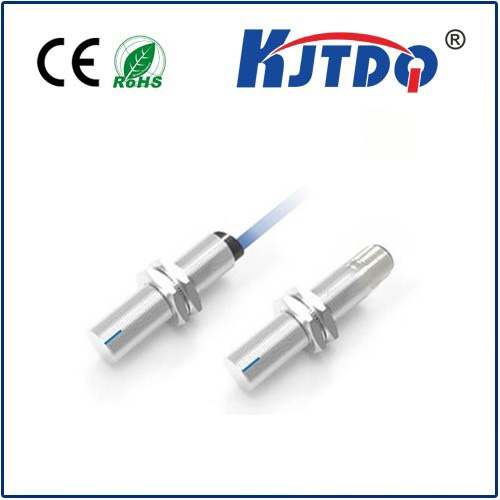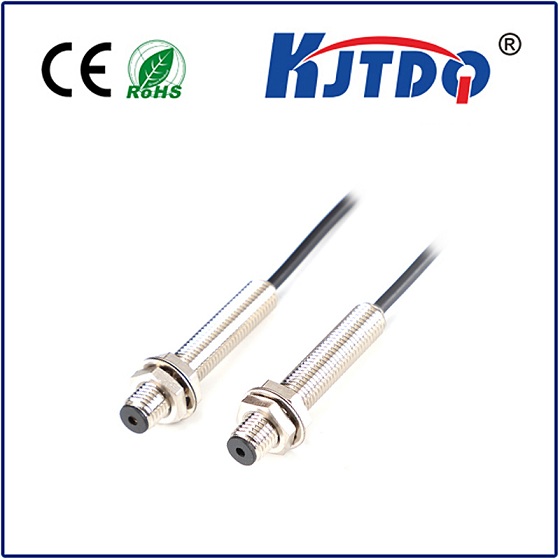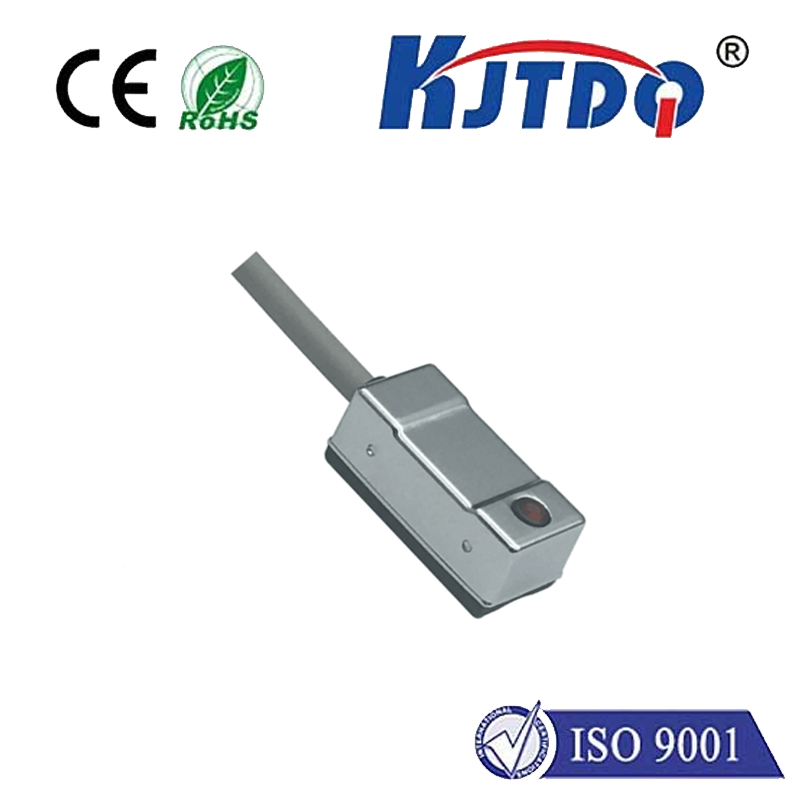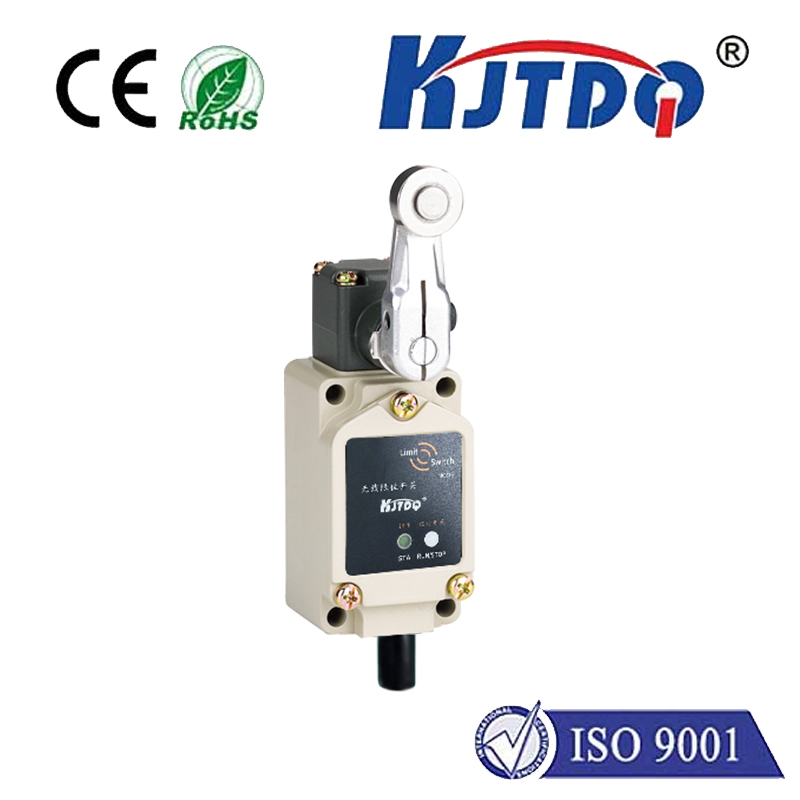

check

check

check

check

check

check

check

check

check

check
Introduction:
The advent of technology has revolutionized the way we approach various industries, and the role of sensors in enhancing efficiency and safety cannot be overlooked. One type of sensor that has gained significant attention in recent times is the 5V inductive proximity sensor. This article delves into the power of these sensors, exploring their applications, advantages, and limitations.
Body:
1. What are 5V Inductive Proximity Sensors?
a. Definition and working principle
b. Types of 5V inductive proximity sensors
c. Applications in different industries
2. Advantages of Using 5V Inductive Proximity Sensors
a. Increased accuracy and reliability
b. Improved energy efficiency compared to other types of sensors
c. Enhanced cost-effectiveness for businesses
3. How 5V Inductive Proximity Sensors Can Improve Safety in Different Industries
a. Industrial automation and robotics
b. Transportation and logistics
c. Healthcare and medical devices
4. Challenges and Limitations of Using 5V Inductive Proximity Sensors
a. Interference from other electronic devices
b. Limited range and sensitivity
c. Need for proper maintenance and calibration
Conclusion:
In conclusion, the 5V inductive proximity sensor is a versatile tool with numerous applications across various industries, offering improved efficiency and safety through increased accuracy, reliability, and energy savings. However, it is essential to consider the challenges and limitations associated with this technology to ensure optimal performance and avoid potential drawbacks. As technology continues to evolve, it is expected that the capabilities of these sensors will continue to expand, leading to even more innovative solutions to enhance efficiency and safety in our daily lives.
